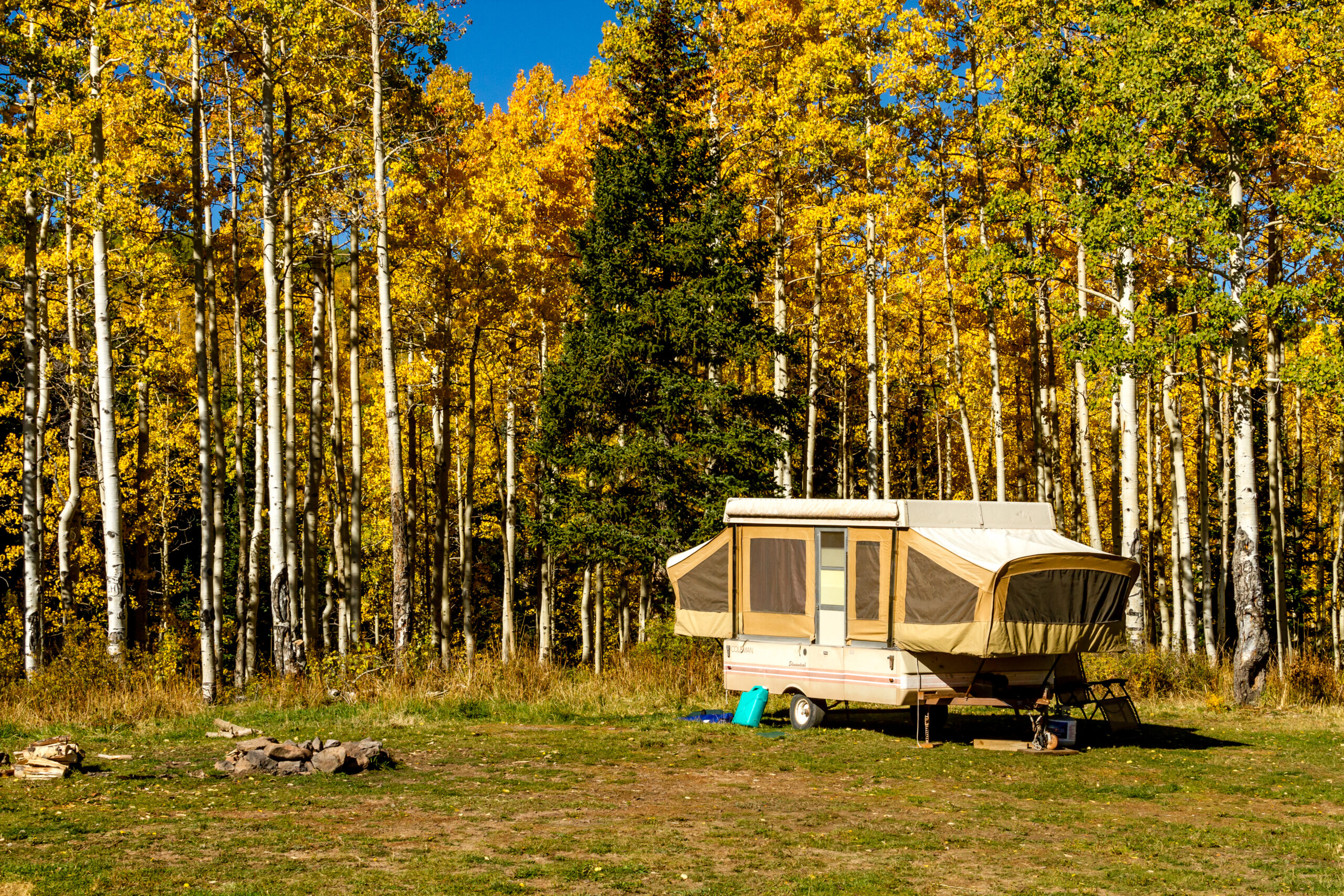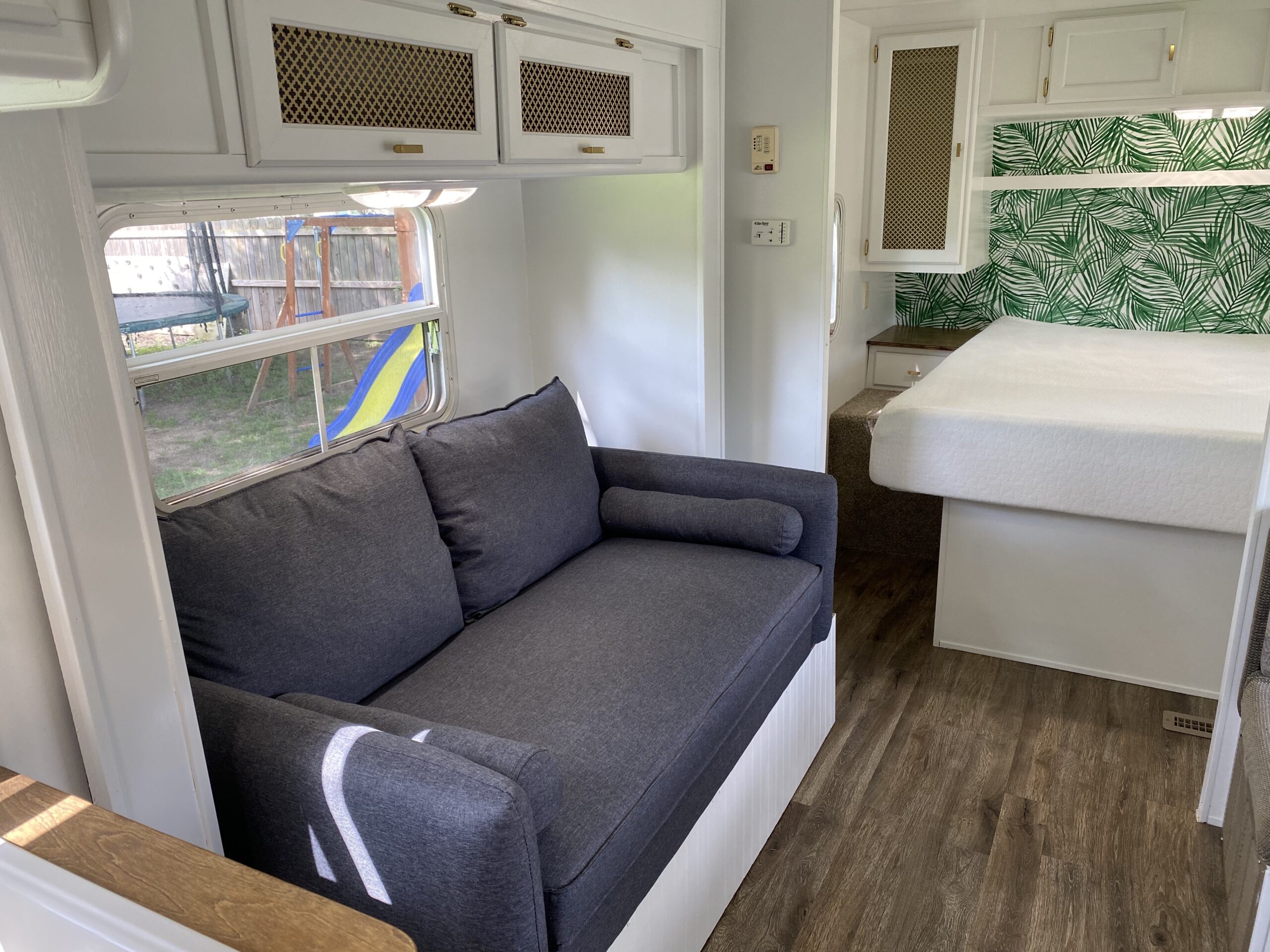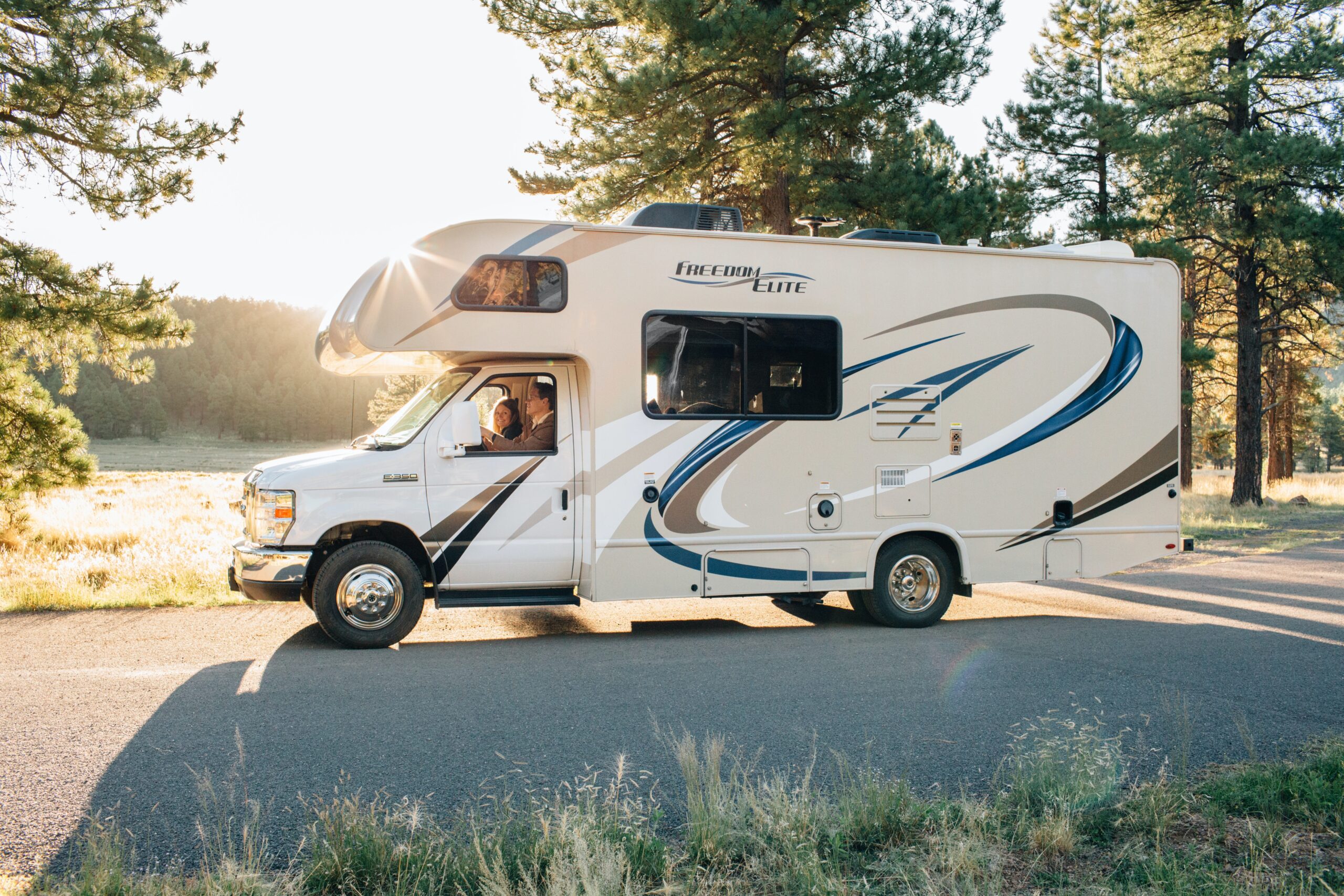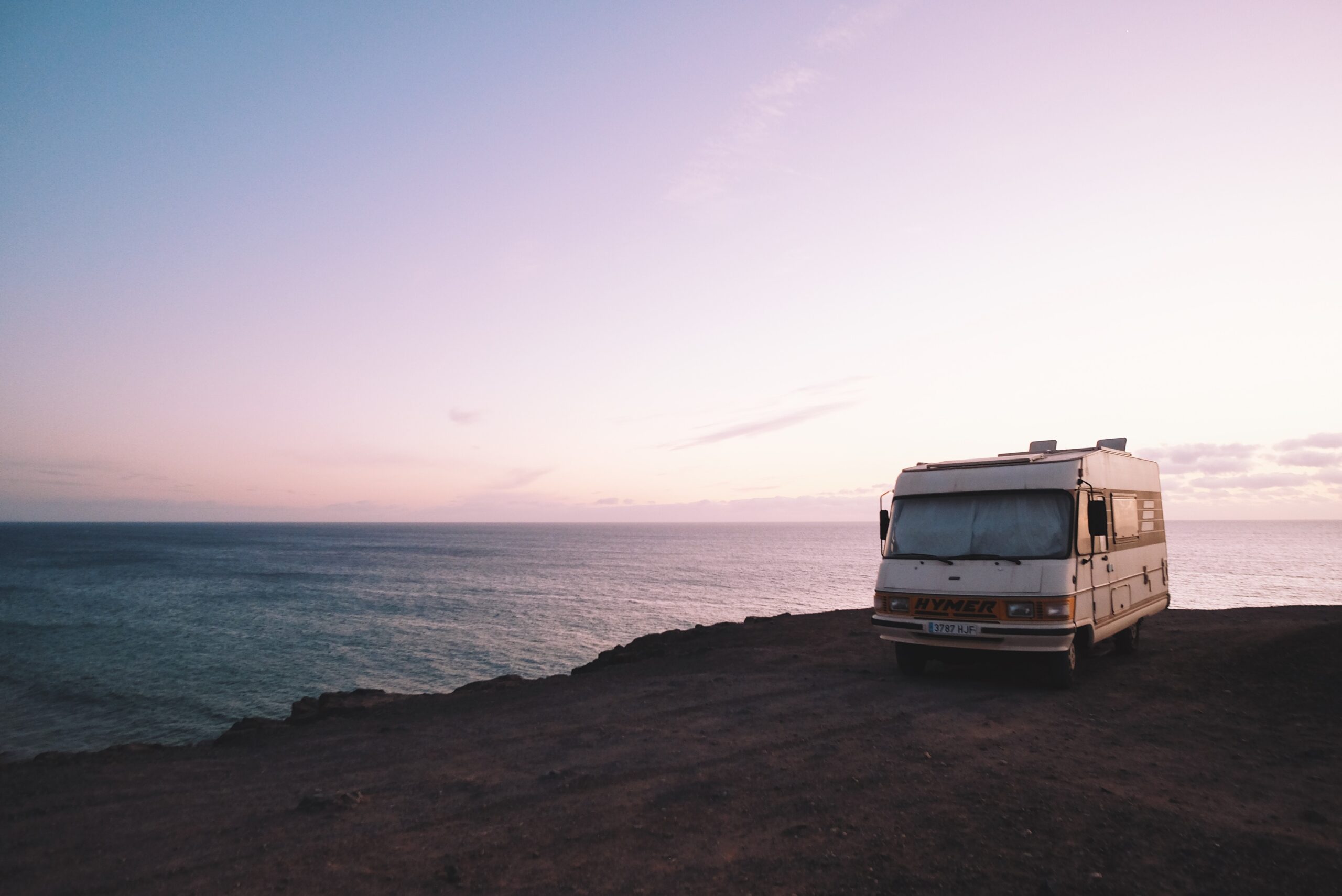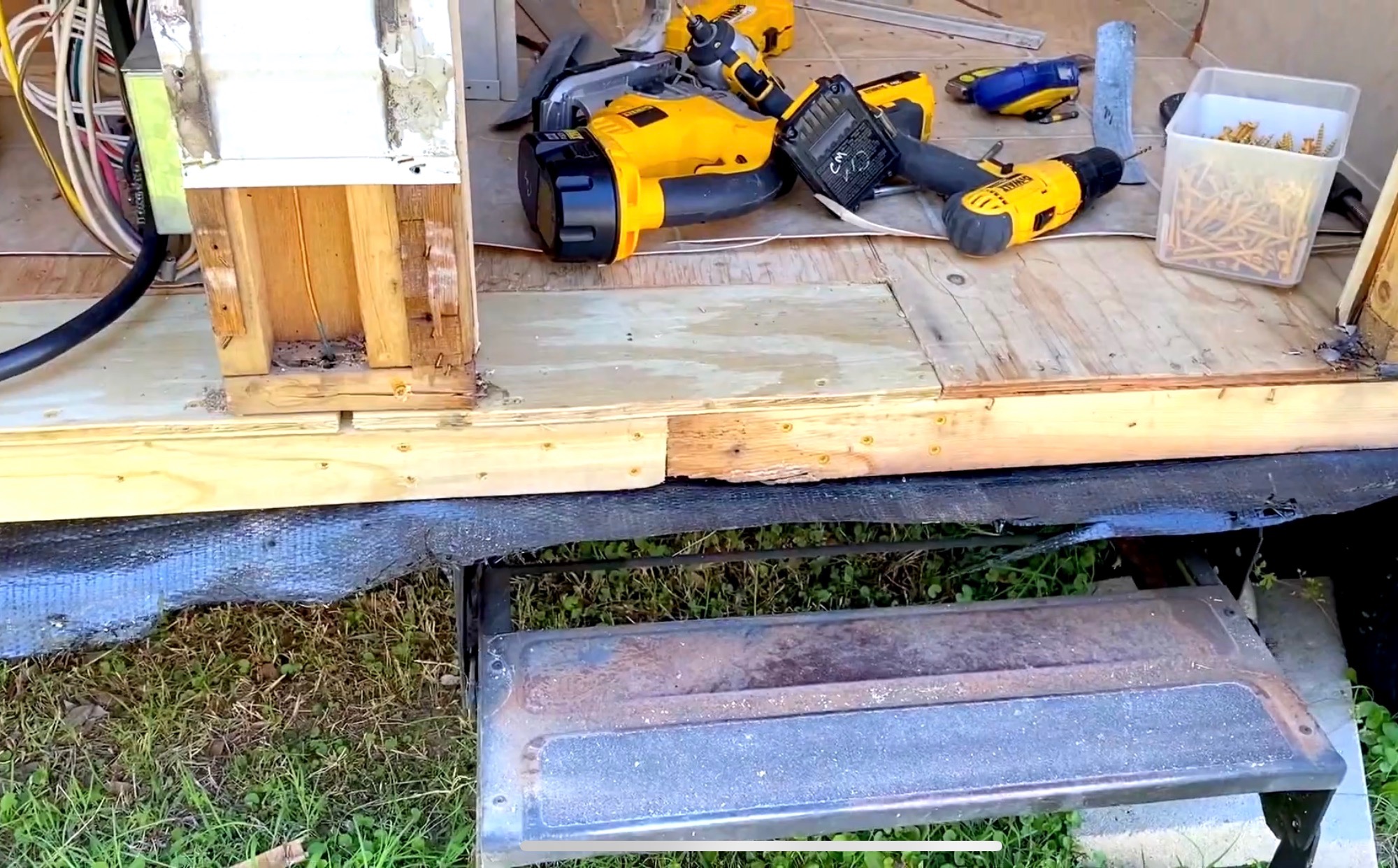Camping is a wonderful, relaxing pastime but tents can get tiring after several nights of sleeping on hard ground. If you’re looking to take camping to the next level, you might be considering an RV. However, a full-sized motorhome might be outside of your budget, so what about a pop-up trailer?
A pop-up trailer is a small kind of recreational vehicle (RV). It shares some of the same amenities as other RV’s, such as kitchen space, sleeping area, and occasionally a toilet. However, pop-up trailers usually do not have a proper bathroom, full kitchen, or other creature comforts.
In this article, we cover all the different kinds of RVs. We also explain pop-up trailers in detail and what makes them great choices for an RV. We also discuss the disadvantages so you can make an informed choice about your purchase or rental.
What Makes a Vehicle an RV?
RV stands for recreational vehicle. You can either drive it directly or attach it to your existing vehicle to take on recreational outings like camping.
RVs are designed to be your shelter, so they include sleeping space at a minimum. Many types also include kitchens, bathrooms, and extra living areas.
RVs come in many different classes:
- Class A motorhomes
- Class B motorhomes
- Class C motorhomes
- Fifth-wheel trailers
- Bumper-pull travel trailers
What Is a Class A Motorhome?

Class A motorhomes are the largest, heaviest, and most luxurious RVs.
They can be made from:
- A commercial bus chassis
- A motor vehicle chassis
- A commercial truck chassis
Class A motorhomes can vary in size from 29 to 45 feet (8.8 to 13.7m) in length. They usually weigh between 13,000 and 30,000 pounds (5896.7 and 13607.8kg).
Because of their enormous size, they have a lot more living space than other kinds of RVs. You can usually fit 6-8 people in this kind of RV.
Class A motorhomes usually include:
- At least one full-sized bedroom
- 1-2 bathrooms
- A fully-equipped laundry
- Living room with sofa/s
- A fully-equipped kitchen
- A dining area
Some also include slideouts, which expand to create more space in the motorhome. They also have ample storage space.
All of these amenities mean that you don’t need to go outside of a Class A motorhome for any purpose other than enjoyment.
What Is a Class B Motorhome?

Class B motorhomes are also known as campervans. They are significantly smaller than Class A RVs, usually measuring between 18 and 24 feet (5.5 and 7.3m). They usually fit up to 4 people.
Because Class B motorhomes are smaller, they have adjusted living spaces. These include:
- A bedroom
- Folding/camper beds
- A small kitchen
- A small bathroom
- Fold-out dining table
Class B motorhomes are significantly cheaper than their Class A counterparts and have better fuel efficiency. However, they are more cramped and less comfortable.
What Is a Class C Motorhome?

Class C motorhomes are like the midway point between Class A and B RVs. They include an overhead cabin that can be used for storage or extra sleeping space. They are usually between 30 and 33 feet (9.1 and 10m) in length and potentially can fit 4-6 people.
What Is a Fifth Wheel Trailer?

Fifth-wheel trailers are large trailers that are positioned on the back of the truck bed of a vehicle. They can only be installed on specialized pickup trucks that have the proper hitch. They range in size from 22 to 40 feet (6.7 to 12.2m).
These RV trailers are usually pretty luxurious. They often have the following amenities:
- An enclosed bedroom
- A bathroom with shower and toilet
- A kitchen and dining area
Fifth-wheel trailers can accommodate up to 8 people and often have sliders that extend the floor space.
What Is a Bumper-Pull Travel Trailer?

Bumper-pull travel trailers attach to the towbar of a vehicle. They are a lighter version of an RV and can range from pop-up trailers to proper motorhome-style travel trailers.
What Is A Pop-up Trailer?

A pop-up trailer is a small and compact type of RV. It is a lot more basic than other kinds of RVs but a lot more comfortable than sleeping in a tent.
Pop-up trailers vary from 8 to 31 feet long (2.4 to 9.4m). They usually weigh between 2,200 and 5,200 pounds. This makes them significantly smaller and lighter than other varieties of RV. They can technically fit up to 6 people, but it can be a tight squeeze.
A pop-up trailer is a collapsible RV. It folds down flat so you can easily transport it. It attaches to your vehicle’s tow bar and can be popped up when you arrive at the campsite.
Pop-up campers usually include the following amenities:
- Bed space for 2-4 people
- Small dining area to seat four people
- Small kitchenette with fridge and cooktop
- Septic tank
- Portable toilet
Unlike larger RVs, pop-up trailers do not usually include a proper toilet, shower, full kitchen, extra seating, or much storage space. Some models include a slider to increase the floor space or store additional equipment.
What Are the Different Kinds of Popup Trailers?
There are two kinds of pop-up trailers:
- Soft pop-up tent trailers
- Hard-sided pop-up trailers
Soft pop-up tent trailers are very similar in structure to tents. They have canvas walls and are extremely lightweight. These pop-up trailers are more vulnerable to wind and storms.
Hard pop-up trailers have solid, folding walls. When assembled, they have a stronger structure and a solid roof.
Some of the hard pop-up trailers include additional comfort features, including:
- A bathroom with shower and toilet
- A larger kitchen
- A proper mattress and sleeping area
However, hard pop-up trailers are heavier and more difficult to tow.
What Are the Pros and Cons of a Pop-up Trailer?
Pop-up trailers have the following advantages:
- They are lightweight
- They are more affordable
- They are collapsible
Because they are lightweight and collapsible, pop-up trailers are easy to attach to the towbar and transport. They also attract less wind drag and hence have better fuel efficiency.
They’re also more affordable in general when compared to a standard RV. Therefore, they are excellent value for money choices.
Pop-up trailers have the following disadvantages:
- They have less space and amenities
- They are more vulnerable to wind and weather
Pop-up trailers are considerably smaller and lacking in space when compared to other RV types. Therefore, you may need to forgo some luxuries like an enclosed shower or even toilet. They are definitely a step up from a tent, but they are far from the comfortable amenities of a Class A motorhome.
Soft pop-up tent trailers, in particular, are vulnerable to weather conditions. Because they have light canvas walls, you can feel the wind pushing against the camper.
They may also not be fully waterproof, depending on the brand. This means that a pop-up trailer is probably not the best option for camping in unpredictable weather conditions.
Summary
In conclusion, a pop-up trailer is a kind of RV. Like other RVs, it is used for camping expeditions and provides a space for sleeping, relaxing, and cooking. However, pop-up trailers often lack features like a bathroom, full kitchen setup, or storage space.
Pop-up trailers are an excellent RV option if you are looking for a lightweight and affordable option that is an upgrade from a tent. However, you will miss out on some creature comforts that come from larger and heavier RVs.
If you choose a pop-up trailer, check that it is correctly set up with stabilizers extended to keep you and your family safe and comfortable. Happy camping!

